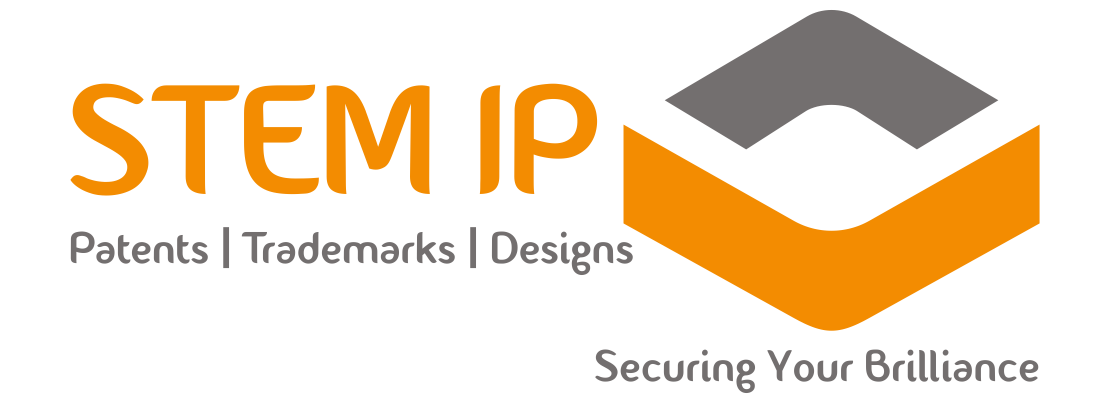Update on Patent Subject Matter Eligibility
USPTO Issues New Subject Matter Eligibility Guidance
On October 17, 2019, the USPTO issued new patent subject matter eligibility guidance, the first such memo since the January 2019 guidance on 35 U.S.C. §101. The January 2019 memo described a three step, two prong procedure for determining patent subject matter eligibility: (i) patent claims must be directed to a statutory category; (iia) the claims must not recite a judicial exception, or if it does, (iib) any exception must be integrated into a practical application; and (iii) if the claims are directed to a judicial exception and not integrated into a practical application, they must include limitations that amount to significantly more than the exception. Public comments were solicited, and ten months later, the Patent Office has responded with further explanation of how this procedure is to be applied that may help address inconsistencies in examination and provide clarity.
The October 2019 Update responds to public comments regarding the 2019 PEG. The update does not change the 2019 PEG, but provides further explanation on how the USPTO applies such guidance. For example, the update provides additional information on how the USPTO determines if a claim “recites” an abstract idea and how groupings within the abstract idea exception are determined. It also explains the procedures examiners can use to identify “tentative abstract ideas” and provides more information on how examiners evaluate whether a judicial exception is integrated into a practical application. The update also addresses the examiner’s responsibility to provide adequate notice to applicants in making a subject matter eligibility rejection. In addition to the written explanations described above, the update includes additional helpful examples in the life sciences and data processing areas. It also includes an updated index of examples for use with the 2019 PEG and an updated case law chart that lists selected eligibility cases from the U.S. Supreme Court and the U.S. Court of Appeals for the Federal Circuit.
The 2019 PEG revises the procedures for determining whether a claim is directed to a judicial exception (Step 2A in the Office’s eligibility framework). The recently issued October 2019 Patent Eligibility Update (October 2019 Update) clarifies issues with respect to the 2019 PEG, particularly the groupings of abstract ideas enumerated in the 2019 PEG and the evaluation of whether a judicial exception is integrated into a practical application. The Berkheimer Memo revises the procedures for supporting a conclusion that an additional element (or combination of additional elements) represents well-understood, routine, conventional activity in Step 2B.
The USPTO re-emphasized that the examiner carries the burden of establishing that claims are ineligible for patent under § 101. To establish the prima facie case required for rejection, examiners must identify the judicial exception relevant to the claim, identify any additional element, and explain why those elements are not sufficiently significant to overcome exception. When practicable, however, examiners should also indicate how subject matter eligibility rejections might be overcome.
The revised guidelines provide additional guidance for determining that a claim is directed to an abstract idea when such claim does not fall into any of the three categories specifically articulated by the Patent Office. The USPTO explicitly states that “any claim considered patent eligible under prior guidance should be considered patent eligible under [the revised] guidance.”11 The revised guidelines do not settle the ongoing question of what counts as abstract, nor do they have the force and effect of law. However, the guidelines articulate USPTO policy and provide guidance for responding to subject matter eligibility issues by identifying specific categories of abstract ideas and providing a two-pronged framework for Step 2A of the Alice/Mayo test.


